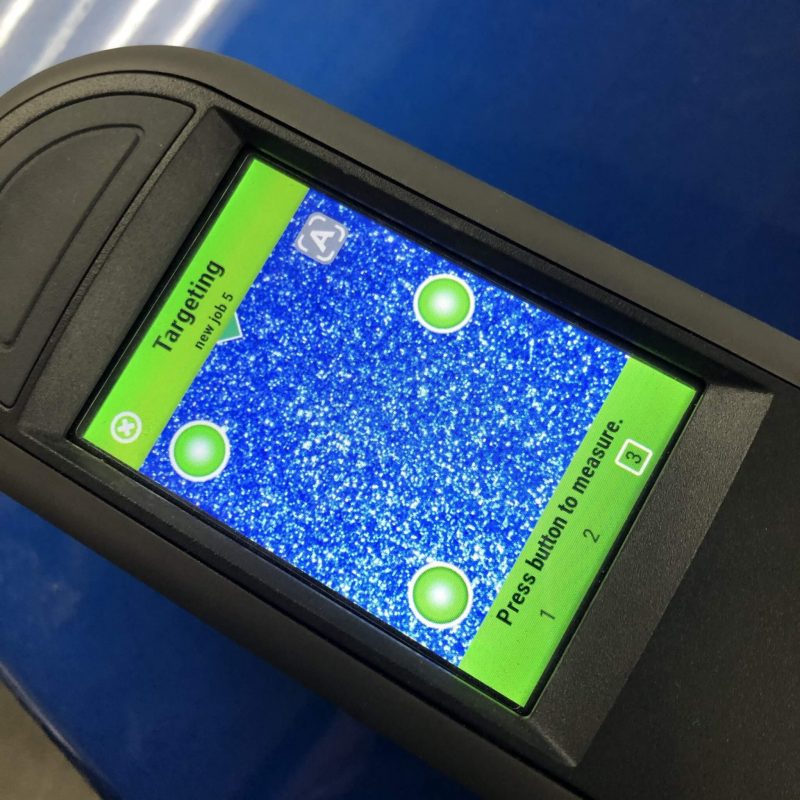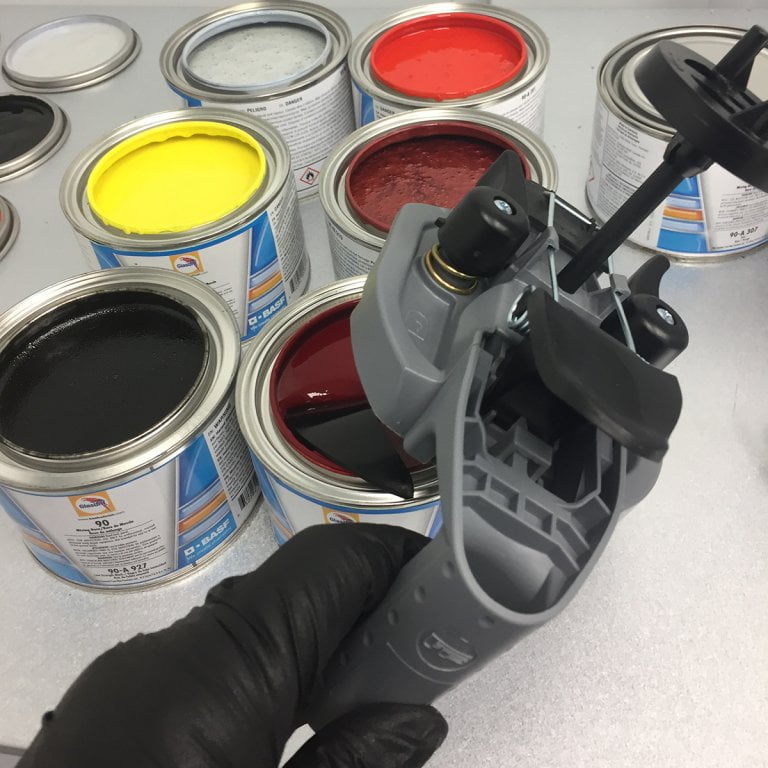Understanding the Factors that Impact Our Perception of Color
Accurately matching colors can be a complex and challenging task, as there are a number of factors that can impact the way colors appear to our eyes. One of the main factors is the type of light source, which can significantly affect the way colors appear. Different light sources, such as sunlight, incandescent bulbs, and LED lights, emit different wavelengths of light, which can make colors appear differently. For example, incandescent bulbs emit a warm, yellowish light that can make colors appear more muted or subdued, while sunlight and LED lights tend to emit a cooler, bluish light that can make colors appear more vibrant and saturated.

The color of the surrounding environment can also impact our perception of color and make it more difficult to match colors accurately. Colors can appear differently depending on the colors that are adjacent to them. This is known as the “simultaneous contrast effect,” and it can be seen when a red object appears more vibrant against a white background, but appears more muted against a green background.
In addition to the type of light source and the surrounding environment, there are also a number of other factors that can impact our ability to accurately match colors. These may include the color temperature of the light source, the intensity of the light, and the reflectance of the surfaces being illuminated.

The color temperature of a light source refers to the warmth or coolness of the light, with lower color temperatures appearing warmer and higher color temperatures appearing cooler. For example, incandescent bulbs have a lower color temperature and emit a warm, yellowish light, while LED lights have a higher color temperature and emit a cooler, bluish light. The color temperature of a light source can impact the way colors appear and make it more difficult to match colors accurately.

The intensity of the light can also impact our perception of color. Higher levels of light intensity can make colors appear more vibrant and saturated, while lower levels of light intensity can make colors appear more muted or subdued. This is an important consideration when matching colors, as the intensity of the light can vary greatly depending on the time of day and the location.
Finally, the reflectance of the surfaces being illuminated can also impact our perception of color. Surfaces that are highly reflective, such as mirrors or glossy paint, can reflect light and affect the way colors appear. By taking these factors into consideration, we can better understand how they impact our ability to accurately match colors and make more informed decisions when selecting colors for our projects.







